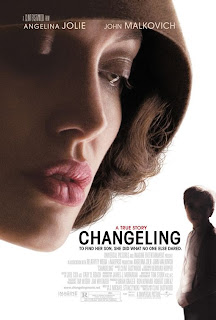
The Battle of Algiers was a movie commissioned by the government of Algiers, four years after their independence from the French. The movie tells the tale of the organization of FLN which is fighting for FLN freedom.
The opening scene of the movie is of an old man, and the group of soldiers. The movie follows a flashback form of story.
The character of Ali is first introduced as the last member of FLN and as the flashback comes we see how from a hustler he becomes a freedom fighter. Jaffar, a leader in FLN is introduced as a cautious man.
Ali as a character in the movie is a very aggressive and ill-tempered man. This is balanced by the cautious Jaffar.
The discriminations against the Algerian’s are made throughout the movie, and their growing anger against the them.
The first bombings shown by FLN was shot very, where there were three bombs blown. What I really liked was the correlation of how the bombs were placed to the final explosions where three continuous bomb explosions are heard. Also just before the bombs were blown the short montage of the clock and the innocent bystanders.
The director has tried to keep a balanced perspective throughout the movie. While he has shown the problems of the Algerians, he has shown the inhuman affects of their terrorism by showing dramatic shots of when the bombs exploded.
The character of Colonel Mathieu is a man of strong character. I especially like his uses of the word integrations. On an intellectual capacity he must be compared to Ben M’Hidi. Both these two character have their favourite moments in the movie. Both these character’s raise very important questions. For Ben M’Hidi, it’s on the roof when he talks to Ali about the their work. For Colonel Mathieu it is when he is questioned on his integration methods and how he raises serious questions.
A motif throughout the movie is shots of the bird eye shots of the Muslim sections and the European sections.
This movie is a must watch on a long and forgotten terrorist organization and that would remind one that one’s freedom fighter is another’s terrorist.



